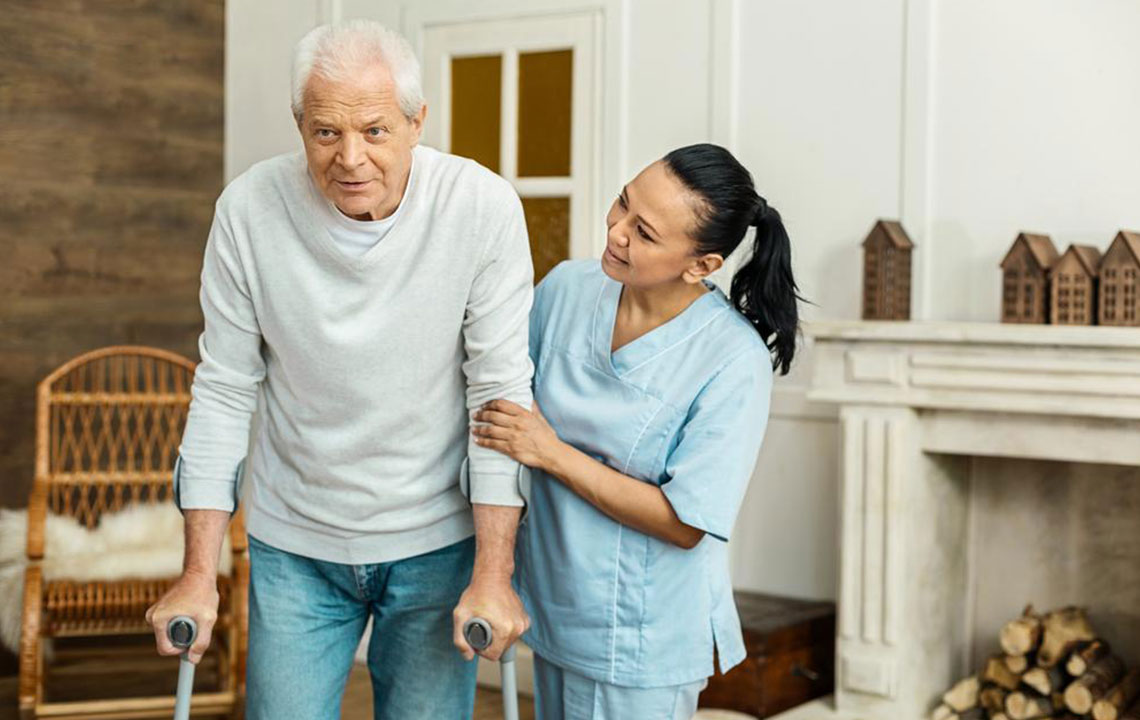Learn How to Choose Caregivers for SMA Patients

The genetic health condition called spinal muscular atrophy (SMA) affects that part of the nervous system that controls voluntary muscle movements. There is wide variability in the age of the onset, rate of progression, and even symptoms of the condition. For individuals diagnosed with SMA, it is not that easy to roll out of the bed and start the day. However, when a patient has a caregiver’s assistance along with the right medical equipment, it helps a lot to carry out daily activities like showering, dressing, going to the toilet, and even eating. Even though in the early stages of the condition, the family members themselves act as the primary caregivers for SMA patients, it is usually not so in the long run. This is because as the condition progresses, one does need professional caregivers for SMA patients as they help to take care of numerous things. When one is planning to hire caregivers for SMA patients through an agency, they need to ensure that the caregivers hired are trained professionals. Below are some tips that will help one hire a professional caregiver for SMA patients-
- Have a conversation with the insurance providers and social work departments
One needs to realize how many hours will be allotted to the SMA patient by the government before hiring caregivers. While building a case, it is necessary to talk to the insurance provider and a qualified social worker. As the condition tends to vary from person to person, so does the level of help they need. There are some SMA patients that need 24*7 caregivers assistance while there are others who only need someone who can help them get up and get ready in the morning, and put them to bed at night. One needs to determine the level of care their family member needs and communicate the same to their social worker or any other type of independent living department with whom they are working. One of the tricky components while choosing caregivers for SMA individuals is that the health care system of the country is set up in such a manner that the rules and regulations for Medicaid and other insurance providers tend to vary from state to state. The number of caregiver hours allotted to a patient tends to vary depending upon the location where they live. One needs to get as many hours as they can from the insurance provider. However, if more hours are required, one may have to pay out of their own pockets for it. If one is only allotted a few dozen hours a week, they can try to spread those hours out to ensure that they at least continue receiving outside help for a few hours every day.
- Interview many people before hiring a caregiver
Once a plan has been worked out with the insurance provider and social worker, one can start conducting interviews to hire a caregiver. While conducting interviews, it is important to not settle for anything less than the best caregiver. One should feel free to interview as many people as they want, even if that takes a dozen or two dozen people to pick the best SMA caregiver. It is important to remember that the person one is hiring as a caregiver will be charging for taking extensive care of the person who is diagnosed with SMA and hence, it is important to ensure that the person is qualified to do the same. While conducting interviews, one can ask about the candidate’s past experience, their skills, and their ability to fulfill the specific needs of the SMA patient. Also, ensure that the SMA caregivers on one’s shortlist are comfortable with doing activities like dressing, feeding, bathing, and anything else that a person may need help with.
- Being mentally prepared when the caregivers leave or don’t adapt
It is crucial to remember that the people who work as professional caregivers for SMA patients don’t look at this as a permanent career. Usually, in the medical field, it is a gateway towards nursing or some other profession. Also, some people work as caregivers for SMA patients to pay their bills before moving forward in their careers. Even the best caregivers for SMA patients are not likely to stick around forever. Hence, it is essential to ensure that one is prepared for this, or for letting a caregiver go if it is just not working out.
The tips mentioned above are helpful in choosing caregivers for SMA patients as it can be a tricky task. One of the best ways to work through the whole caregiver’s process is maintaining a balance by having family members and professional caregivers at the same time. Also, one needs to consider the financial viability and plan accordingly as the financial management could affect one’s pick while choosing a caregiver for an SMA patient.


